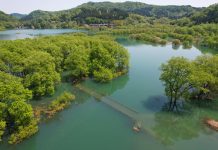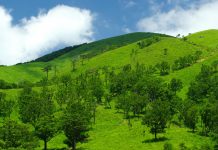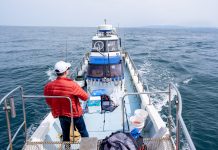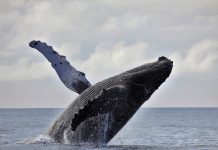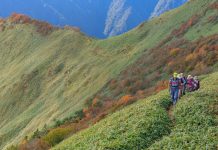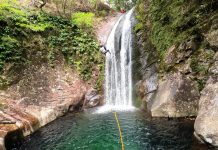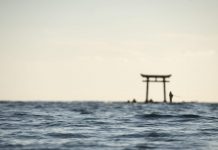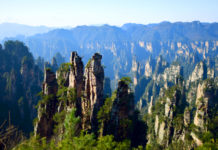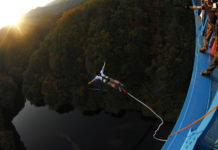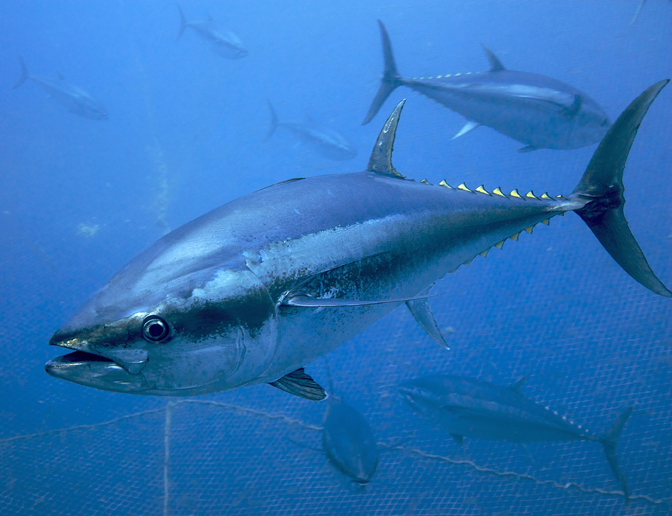
How would you feel if tomorrow you went to the market or your favorite sushi shop and there was no bluefin tuna available? What is the reason? Because the biomass is shot and the species is commercially extinct. Believe it or not, this is likely to be a reality in Japan very soon, where more bluefin is consumed than any other country. We all catch tidbits of news regarding the state of tuna fisheries around the globe and how a lack of regulations or illegal fishing coupled with the demand for tuna sushi has led to overfishing.
The species is transoceanic and is taken commercially from many points around the globe, which makes the issue of tuna conservation a global effort. However, Japanese have the biggest stake in the outcome of global conservation efforts, and it is arguable that Japan should take the lead in advocacy for the protection of bluefin tuna. This is not only because 80 percent of the bluefin caught worldwide ends up in Japan, but also because Japanese territorial waters on the Sea of Japan side are the spawning grounds for Pacific bluefin tuna.
In these waters some very unsustainable commercial fishing activities are allowed to take place. Specifically, the repeated use of giant purse seines to scoop up entire shoals of bluefin tuna has led to a sharp decline in not only numbers, but also the size of fish. As the number of spawning fish has declined, there has been an increase in purse seine catches of juvenile fish not even close to sexual maturity. This practice still occurs despite advances in sonar technology, which can actually indicate the approximate size of tuna being targeted.
The most expedient means of protecting Pacific bluefin from extinction would be the implementation and enforcement of regulations by the fisheries agency, which ban the use of purse seines, but the politics and economics surrounding this issue have thus far made the goal of establishing concrete protections elusive at best.
Thus the fate of the species is largely in the hands of Japanese consumers who can demand transparency throughout the supply chain and choose to not buy tuna caught using unsustainable methods.
The time has come for everyone to get informed, discuss the issue and recognize their own agency in protecting bluefin tuna, which we all want to be around for future generations.
Collectively we can make a difference.

